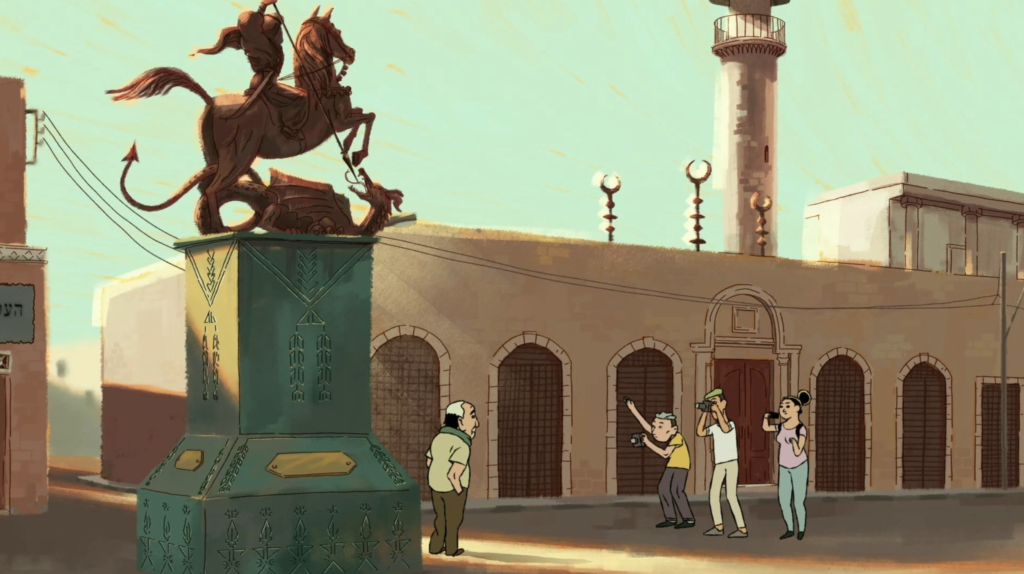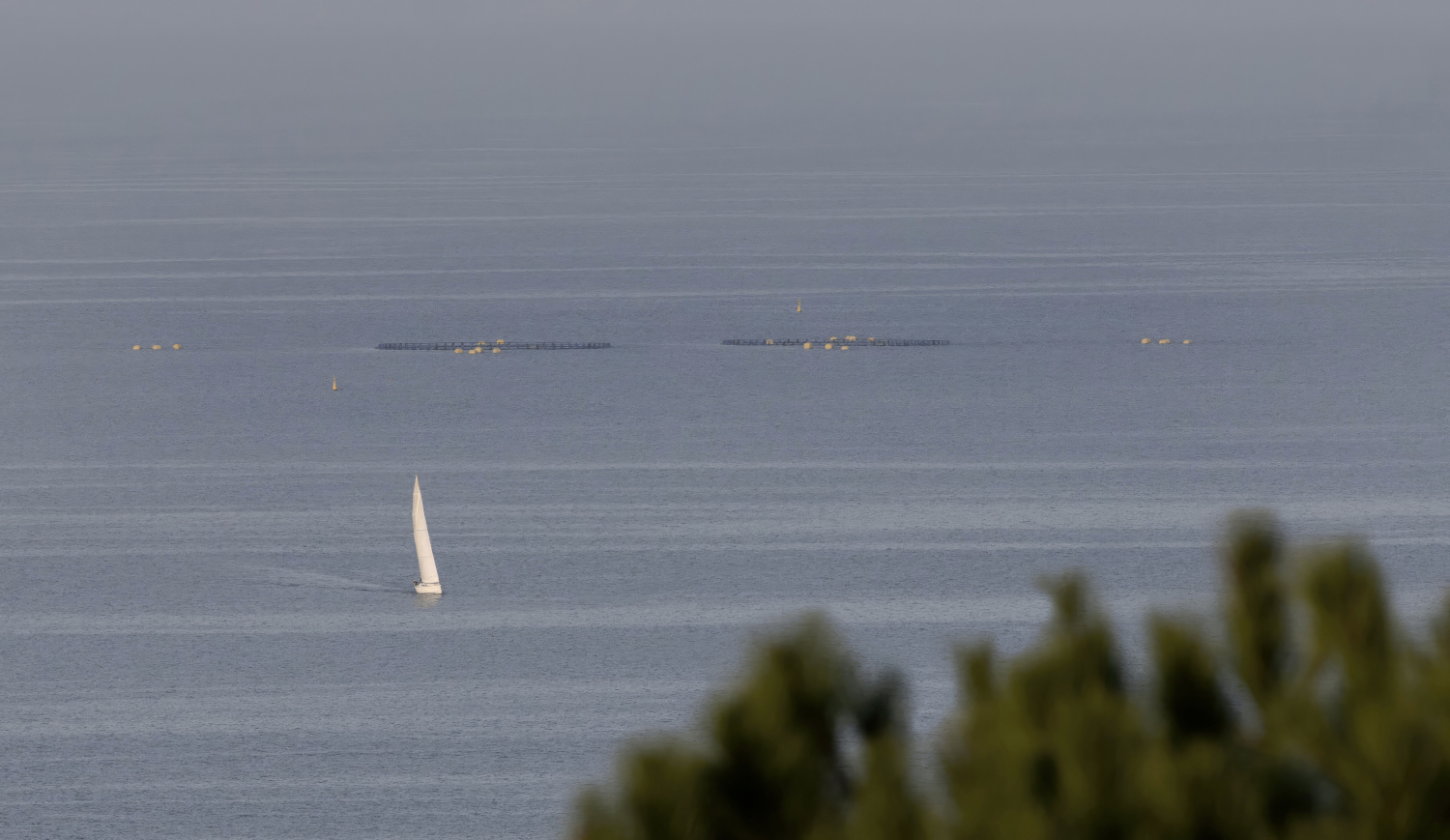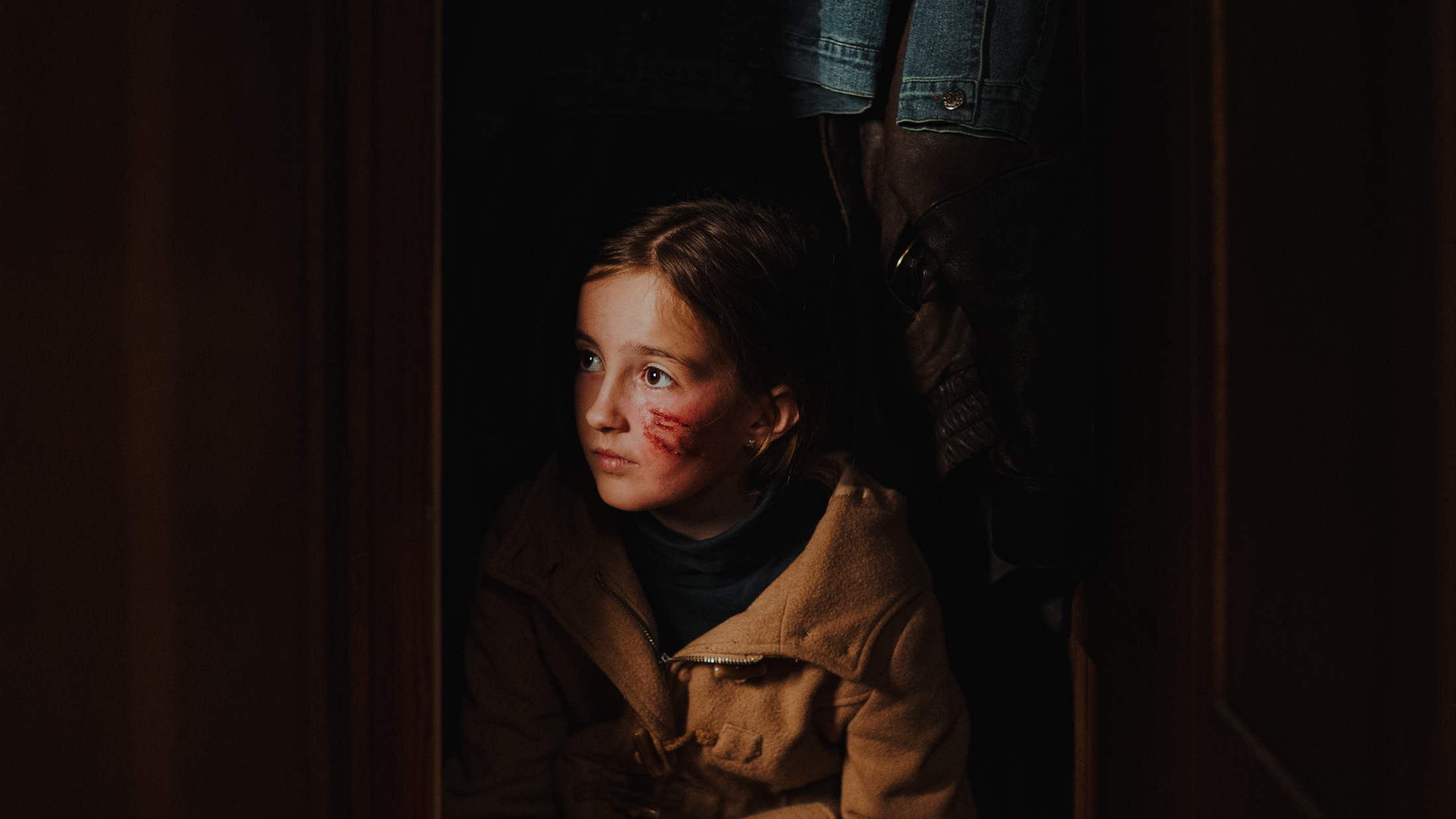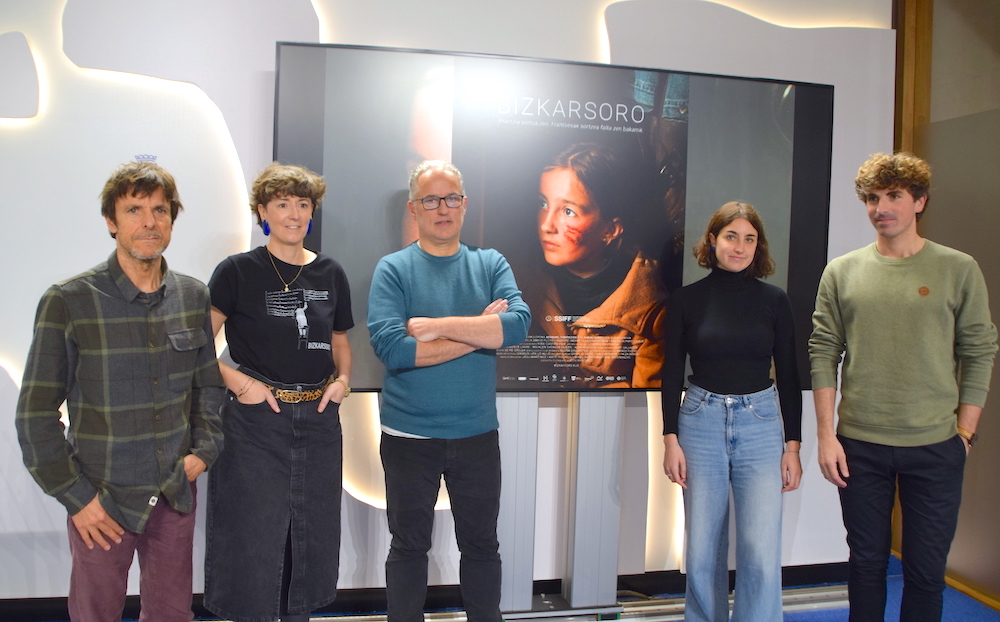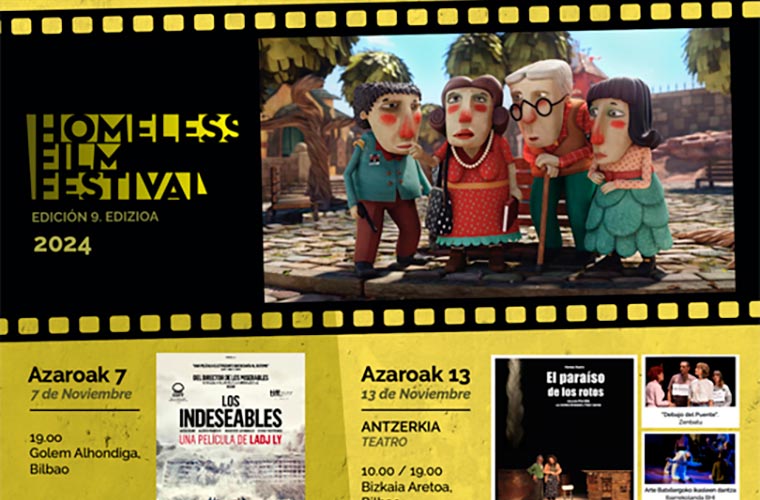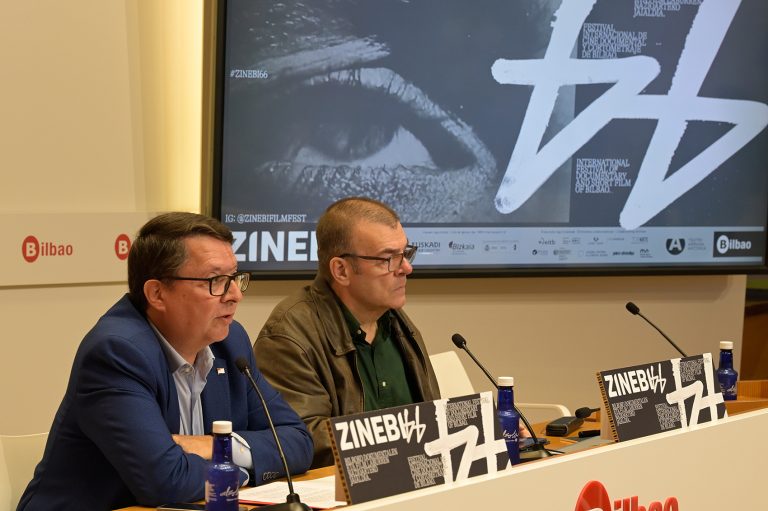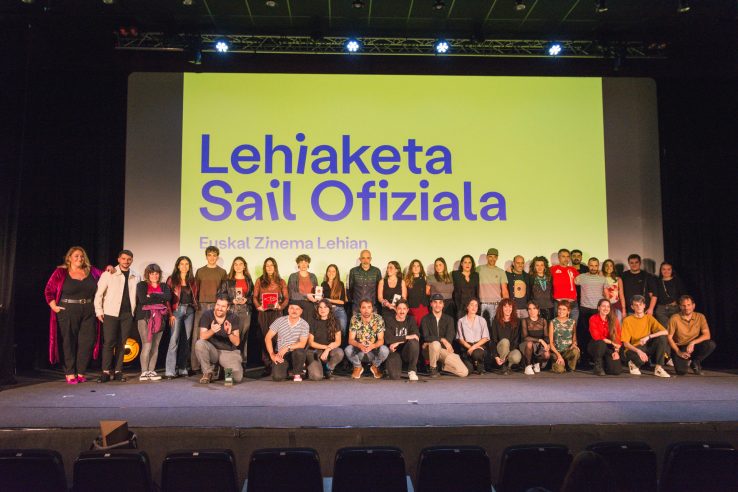Goya Awards and Various Things to Say (No)
- A large number of Basque citizens have been recognized by the Spanish film academy at the Goya Awards, which took place last weekend. In the second part of the article, we will highlight some of the issues that have given a lot to talk about.
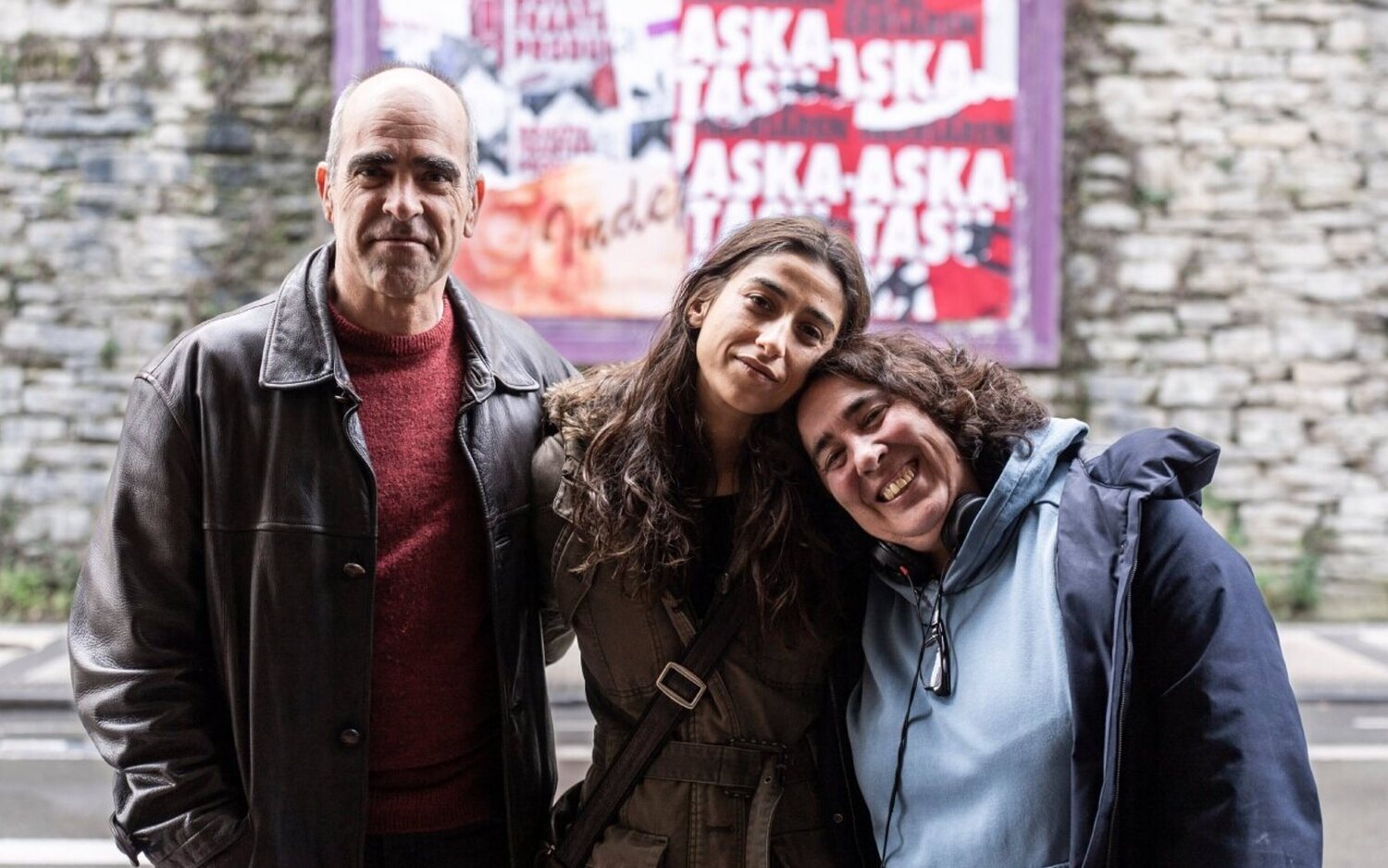
Although there has been only one Basque film among the candidates for the Spanish Goya Awards – Eternal Night, with a screenplay produced by Eneko Sagardoy and written in collaboration with Nerea Ibarzabal – many Basque citizens have received trophies at the event held in Granada (Andalusia).
Marco from the Moriarti production company has won two trophies: Eduard Fernández, one of the best male actors, and the makeup and hairdressing team has also received the award for his work. In fact, Fernández has embodied about 30 years of the life of the late Enric Marco, and the realization of this transfiguration has been a work of long hours, in some cases they have spent four hours in makeup to achieve this excellent result.
On the other hand, the main award, for the best feature film, has been split in two for the premiere this year. It has caused a surprise, because those who can vote are more than 2,400 people, and it has been strange that two winners emerge. Both films are retrospective based on real events: The 47 and the Infiltration. This last film tells the story of a Spanish police officer who spent eight years infiltrating ETA in the 1990s, produced by Bilbao’s Arantxa Echevarría.
In addition, the San Sebastian composer Alberto Iglesias has received his twelfth Goya Award for the soundtrack of Alejandro Almodóvar’s film La habitación de al lado, and the seventh Goya has been won by the Portugalete filmmaker Iván Miñambres, this time for his short film Semillas de Kivu. Finally, the animated film Cafune, in which there are several Navarrese filmmakers, has also triumphed in its section.
Accounts shown and hidden
Several movies are playing a role in recent times, when the awards are being distributed here and there, in the spotlight of the Hollywood Oscars. Without a doubt, what has gained international recognition is the French musical drama Emilia Pérez. The film is set in Mexico and tells the story of the relationship between a prestigious lawyer and the head of a drug cartel. The film has had a warm reception since its release last summer, among which was seen at the San Sebastian Film Festival by the critic of LUZ, Eneko Atxa Landa, who told in this article why he liked the film when he still did not talk about it.
A number of things have been revealed about the film. Among other things, it seems that without having Mexicans on the team, and without going to Mexico, the film was shot entirely in Europe, which is located in Mexico. Stereotypically we would say that it is a matter for the French to do such incomprehensible things, but a year ago they presented L’îlle rouge in San Sebastián and it is not a bad precedent: The film, which is located at the French Empire’s military base in Madagascar, although it seems likely to be in the style of The Zone of Interest, only expands the colonialist discourse.
The controversy focuses on the return of the actress Karla Sofía Gascón, from Emilia Pérez. Perhaps it had something to do with being transsexual, since several racist tweets he made on Twitter five years ago have put his professional career in the spotlight and imbued his path to the Oscar of both himself and the film with controversy. The multinational Netflix, in charge of broadcasting the film, has excluded the actor from the promotion. And although he was going to be at the Goya Awards, he decided not to go; he has won the award for Best European Film.
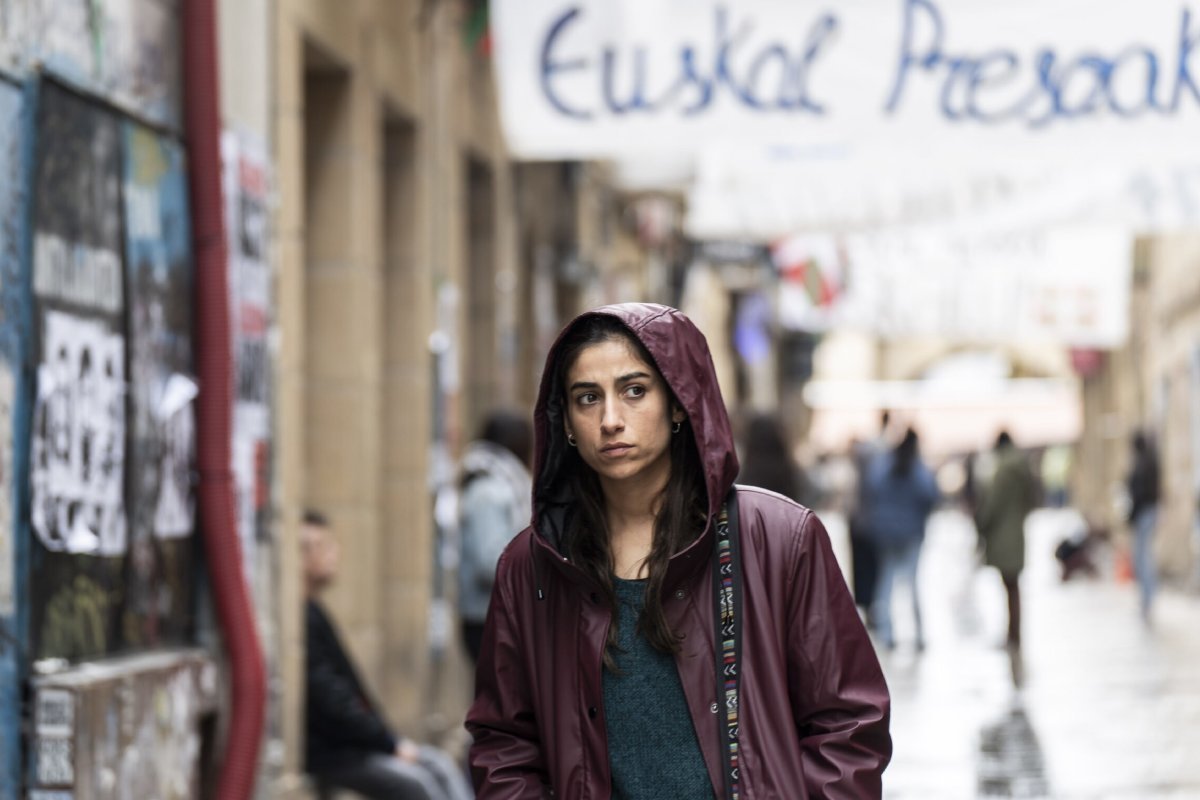
What does the film La Infiltrada have to say, not at all internationally, and certainly not in the Spanish State, but it is being talked about in the Basque Country. "It tells the story of our youth," said Arantxa Echevarría, director of the film. It tells the story of a young Spanish police officer who infiltrated ETA, recorded in San Sebastián, in the Old Town in general, Basque is barely heard. EiTB has participated in the financing of the production. Urtzi Urkizu said in New that the result of La Infiltrada "is to say that it is manichaean and demagogue, it is to say little".
La Infilada has seen the light when there is increasing knowledge about the infiltration of popular movements by the Spanish police. At the beginning of the year, the Catalan public television broadcasted the interesting documentary Infiltrats, in which those affected by the actions of the infiltrators in this context have filed complaints before the Spanish Constitutional Court for serious violations of fundamental rights for what the police officers have done under false identities.
Among other things, these agents have infiltrated the environments of the housing movement. In fact, the protagonist of La Infiltrada, Carolina Yuste, has won the Goya Award for Best Actress, highlighting in her speech after receiving the trophy: "I'm lucky to be able to pay my rent. That is why I am calling for decent housing to be available to all people."
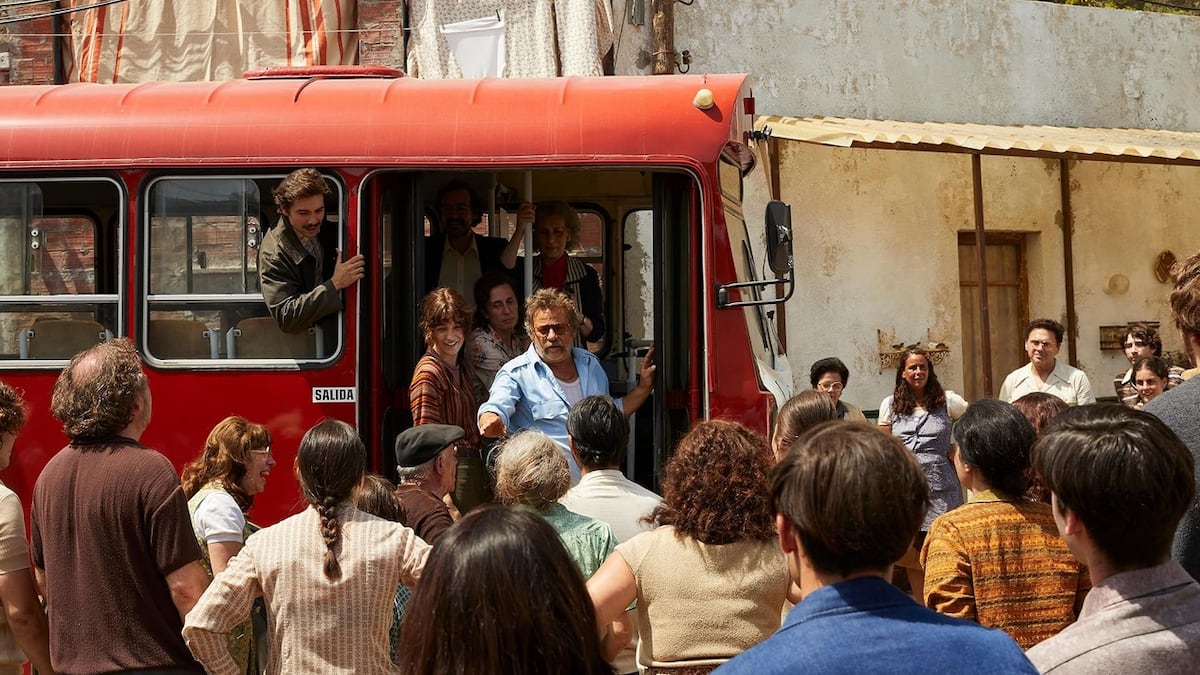
The trophy for the best film of the Goya Awards has been distributed ex-aequo: In addition to The Infiltrator, The 47 won. The film is located in the neighborhood of Torre Baró, on the outskirts of Barcelona, in the 1960s and 70s. It is a poor neighborhood, made up of many immigrants from Andalusia and Extremadura, built by them because they have been expelled from the metropolis. But they have a hard time building their homes and are being harassed by the police. Also, later, to acquire the minimum living needs. The conflict will be symbolized by the theme of the bus, line 47 of the city.
The film also has its own light. For example, many criticisms have been made of the fact that he assigns the collective struggle to a single person, and not only that, but not at any time it is said that this person was a member of the Communist Party, and that in this working-class neighborhood the communist militants played a great role.
Itoiz, udako sesioak filma estreinatu dute zinema aretoetan. Juan Carlos Perez taldekidearen hitz eta doinuak biltzen ditu Larraitz Zuazo, Zuri Goikoetxea eta Ainhoa Andrakaren filmak. Haiekin mintzatu gara Metropoli Foralean.









